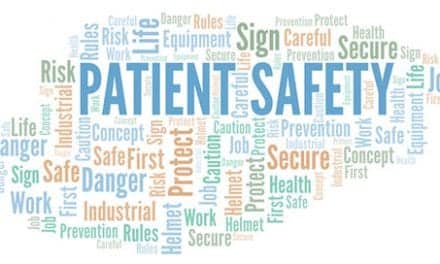 |
Time is the only mechanism by which physicians can “sell” their expertise. No-show patients are a first cousin to pickpockets—they rob you of the opportunity to see the requisite number of patients to fill a surgery or an aesthetic injection schedule.
One of the main reasons for a schedule that resembles Swiss cheese is the “free consult.” All that this cheesy solution to practice building does is broadcast that you consider your time to be worthless. The “get them in the door and they’ll book” philosophy is flawed from the start. The no-show new patients are all but guaranteed, and the usual solution is—you guessed it—to overbook. And then, on a day when all or most of the patients show up, the office resembles an airport gate lounge—crowded, loud, and uncomfortable.
The long waits cause some prospective patients to leave without being seen. Other patients are so disgruntled that they don’t schedule because they plan to keep on shopping for a practice that delivers on their idea of luxury.
When you charge for consultations, you are more likely to produce “real patients,” not just those looking for a free second opinion. Of course, your staff has to believe that your opinion is valuable. In addition, it is important to spend enough time with the patient to warrant the charge. Some physicians, fearful of making the change, take a halfway position—they apply the fee to the surgery or treatment if it is scheduled within 30 days.
More confident practices will take a credit card to guarantee both the appointment and payment of services.
This policy has reduced no-show rates from 20% and 30% to less than 5%. The physician sees enough patients to make office hours profitable and to potentially fill the block of surgery time in upcoming weeks.
You can take the following practical steps to reduce the impact of no-show patients in your practice:
- Track all no-shows in your practice-management system, and do not delete them.
Typically, you will find no-show patient patterns. For instance, a new aesthetic consult who was told there wouldn’t be a charge (especially if they are breast augmentation patients referred via a Web site).
- Create a no-show tracking code in your computer system. Note the reason for the visit, the day of the week, and how far in advance the appointment was made. Often, patients who have to wait more than 5 days for an aesthetic consultation are calling multiple practices. Long delays between calls and appointments may be the cause of your no-show problem.
- Reassess your appointment-reminder activities.
Some surgeons are surprised to discover that staff had become complacent and were not calling ahead to reconfirm appointments. Others are disappointed to see that staff failed to obtain both a cell phone and a work or home phone.
You need multiple contact points to track down busy people. In one well-run plastic surgery practice, patients are asked how they would like to be reminded. Staff calls 3 days ahead of the appointment and ask them to reconfirm their intention to come in. Patients who don’t call are given one more reminder. Staff sends text reminders to patients a few hours ahead of their appointment.
EMBRACE AUTOMATION WHEN APPROPRIATE
Some practices are literally borrowing an idea from colleagues in dentistry and are using Smile Reminder, Lehi, Utah, a unique service that can combine phone, text, and e-mail reminders to all but eliminate the no-show problem.
Another firm, Televox, Mobile, Ala, offers an automated messaging system that can be tweaked for plastic surgery practices. It also delivers personalized messages to patients in advance of an appointment.
- Preregistration of patients results in kept appointments.
If you request that patients complete the majority of their paperwork before they arrive in your office, then it is a sure sign people will not back out of an appointment. By using your Web site optimally, patients can complete the demographic sheet and health history online.
In the best systems, after staff OKs the completed e-mailed document, your computer system can be set up to automatically populate the form fields, eliminating needless keying.
|
See also “Are You PR-Savvy?” by Cheryl Whitman in the May 2008 issue of PSP. |
 |
- Use a negative option call. Here’s how this system works: Your staff calls and leaves a message that says, “Miss Brooks, please call our office and confirm that we will see you tomorrow for your 3 pm consultation with Dr Smart. If we don’t hear from you by tomorrow morning, we can reschedule your appointment. The best number to call is (555) 555-5555.” This number would then connect to a recording or to a cell phone line.
- Finally, consider assigning one person as the “czarina of scheduling.” Make sure that this is a responsible, senior staff member who understands the value of your time.
Assigning ownership of the scheduling to a responsible staff member can eliminate other problems—such as overbooking, inappropriate staging of appointments, and gapping.
Put a single person in charge, because if everyone is in charge of your schedule then that means no one is in charge. And your time is more valuable than that.
Karen Zupko is a consultant to plastic surgeons and aesthetic dermatologists, with more than 25 years of experience in the business side of managing a practice. She can be reached at (312) 642-5616.




